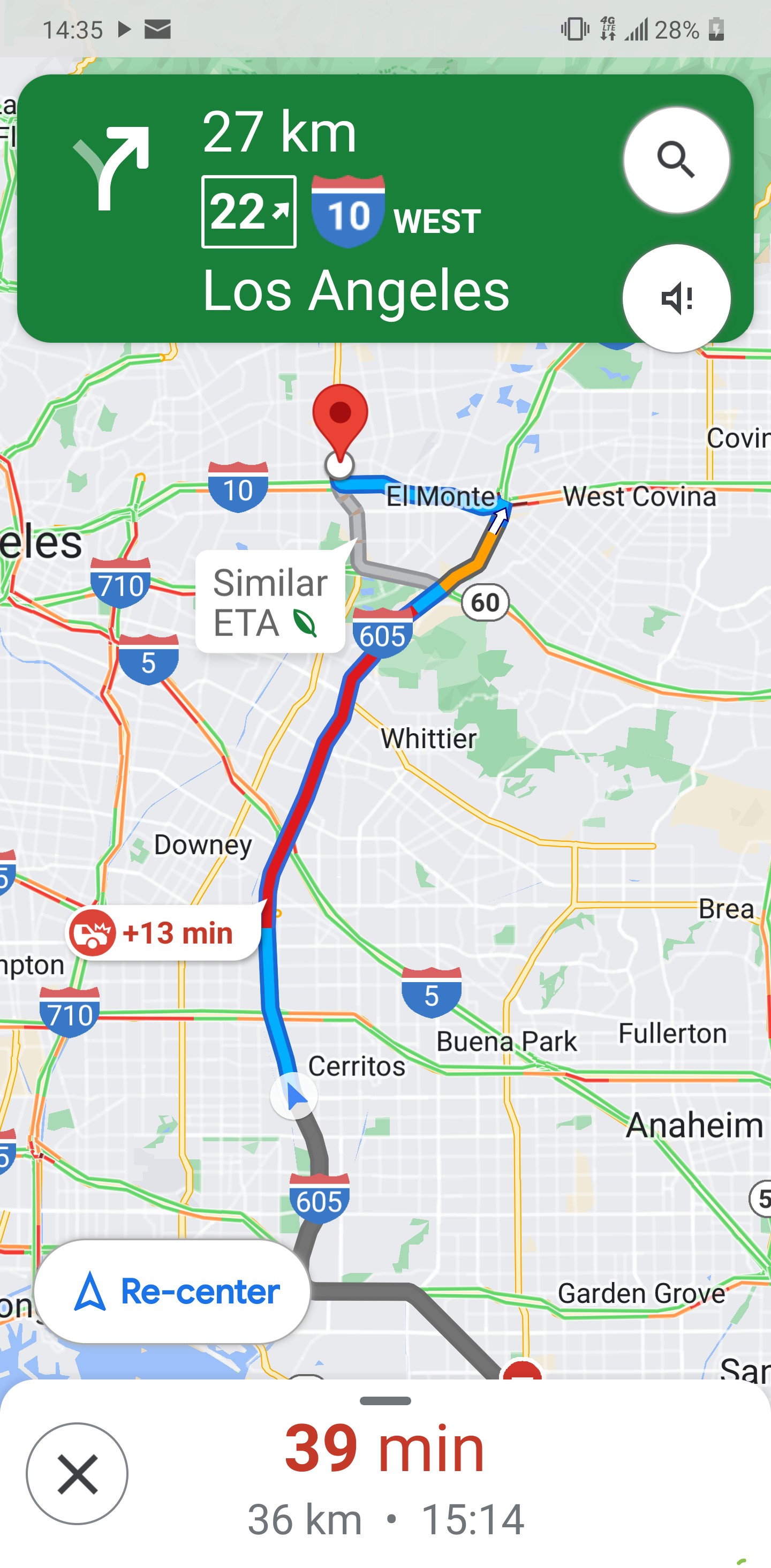The Nissan Versa, known for its affordability and practicality, often raises questions about its fuel economy. As a Nissan Versa owner in Southern California, I’ve been tracking my 2020 Versa SR CVT’s mileage across diverse driving conditions, from city streets to open freeways. What I’ve discovered is that the “Mileage For Nissan Versa” is far from a fixed number – it’s a dynamic figure influenced by several factors.
In typical city driving, without the stop-and-go frustrations of rush hour, my Versa averages around 28 mpg. This reflects everyday errands and navigating local streets. However, on freeways, the fuel efficiency story dramatically changes. Cruising at consistent speeds, the Versa can achieve over 60 mpg. Maintaining tire pressure at 34 psi also contributes to these impressive figures.
While maintaining 55-60 mpg at 45 mph is achievable, the reality of urban driving includes frequent stops at traffic lights and accelerating from standstill. These actions significantly impact fuel consumption, pulling down the overall mpg in city environments.
On longer freeway journeys, without traffic congestion, I consistently see 40+ mpg while using cruise control, traveling from Orange County to Los Angeles, which involves an increase in elevation. It’s worth noting that maintaining a speed of around 70 mph seems to be a sweet spot for fuel efficiency. Pushing to 75 mph typically drops the mileage to around 38 mpg. Conversely, on the return trip, benefiting from a decrease in elevation, the mpg tends to improve compared to the uphill journey.
For optimal fuel economy on freeways, reducing speed to a cruise-controlled 65 mph yields even better results. At this speed, the Versa can achieve 45+ mpg on uphill stretches and an impressive 60 mpg or more on the return, downhill journeys. These figures are based on the Versa’s built-in mpg graphs, providing real-time fuel consumption data.
However, the fuel efficiency narrative takes a sharp turn in heavy stop-and-go traffic, common during rush hour or in congested areas. Navigating at speeds between 5-15 mph in such conditions plunges the mpg into “hell,” often resulting in sub-20 mpg readings. This highlights the significant impact of traffic congestion on fuel consumption.
One observation is that the cruise control system might not be optimized for fuel efficiency during acceleration. It appears to prioritize maintaining the set following distance, which can lead to increased fuel consumption when accelerating to regain the desired gap. This suggests that in stop-and-go scenarios, manual throttle control might offer better fuel economy.
In summary, the “mileage for nissan versa” is highly dependent on your driving environment. For daily commutes primarily involving city driving and local errands, expect around 30 mpg. If your driving is predominantly on freeways, 40+ mpg is readily achievable. And for those employing fuel-saving driving techniques (“ecomodding”), reaching 50-60 mpg is within the realm of possibility. Understanding these variations can help Nissan Versa owners optimize their fuel consumption and driving habits.
